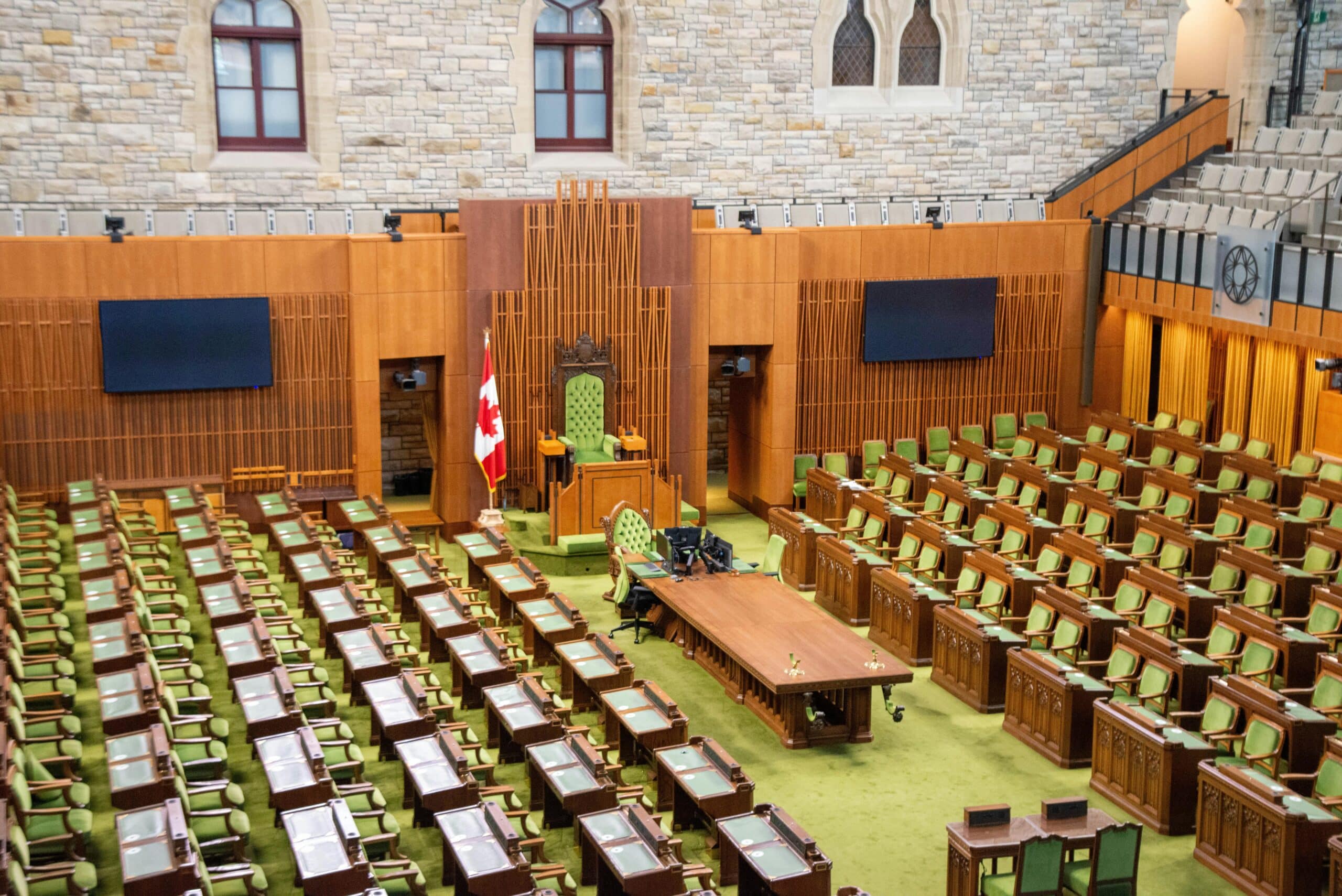Non-resident individuals and corporations have recently invested in a high volume of Canadian real estate properties. Despite the high number of non-resident owners, many professionals in the real estate industry, including brokers, agents and lawyers, are unaware of the extensive taxation responsibilities of vendors and purchasers when a non-resident of Canada is selling Canadian real estate. Without this specialized knowledge, individuals on both sides of the transaction risk incurring significant costs under provisions of the Canadian Income Tax Act (the “ITA”).
Non-resident sales at-a-glance
When a non-resident investor sells their Canadian real estate, the following process must take place:
1. Section 116 of the ITA requires notification of the sale to the Canada Revenue Agency (“CRA”) by the vendor, and potentially the remittance of withholding tax on the sale as well.
2. Once the notification and, if applicable, withholding tax is received by CRA, CRA issues a clearance certificate to the vendor.
3. In the absence of a clearance certificate, the purchaser is required to withhold and remit to the CRA 25%, or potentially 50% of the purchase price within 30 days after the end of the month of closing (for example, if the closing occurs on May 7, by June 30).
4. If the vendor obtains a clearance certificate prior to this date, CRA allows the purchaser to remit to CRA only 25% of the amount of any capital gain to the vendor, as determined by the vendor. There may be another amount owing relating to capital cost allowance (“CCA”) recapture as well. The vendor may not deduct commissions or professional fees when calculating the capital gain 25% of which is required to be remitted to CRA.
In both instances, a holdback by the purchaser is required at closing. The seller will not receive the full proceeds of the purchase price unless a clearance certificate is obtained and there is no capital gain or recapture.
Who holds the holdback?
Under the ITA, it is the purchaser’s responsibility to hold back the funds; if CRA does not receive the required funds, the responsibility is the purchaser’s and not the vendor’s. Thus, the purchaser’s lawyer should be involved in the process and be comfortable with the amount of the holdback.
Typically, the vendor’s lawyer will contact an accounting firm to ensure compliance with calculation of the capital gain, recapture and to minimize the risk of error. The accountant deals with CRA, while the lawyer holds back the funds.
4 steps to obtain a clearance certificate:
- The vendor’s representative requests a clearance certificate from CRA via form T2062 (and potentially a T2062A), within 10 days of closing.
- The form T2062 asks for the following information:
- The purchase price and date of sale relating to the disposition.
- The vendor’s Canadian social insurance number, business number or equivalent.
- Information of the vendor’s address, contact information and date of birth.
- Date the vendor became a non-resident of Canada (if applicable).
- Date of vendor’s original acquisition of the property.
- Details of co-owners of the property (if applicable).
- Location of the property.
- The original cost of the property plus any capital improvements prior to its sale.
- Details of any income earned on account of the property.
Source documentation is often required as evidence of the above. In some cases, original documents are difficult to obtain, resulting in additional communication with CRA.
- CRA contacts the representative of the vendor to review the items detailed above (often on several occasions). When CRA is comfortable with the information provided, they request payment from the vendor and issue a clearance certificate once received.
- Once the clearance certificate is issued, the lawyer can send the balance of the holdback to the non-resident vendor.
Important points to consider:
- If a clearance certificate is not obtained, the purchaser must withhold 25% of the purchase price to potentially be remitted by the CRA on real estate considered to be non-depreciable property, and 50% on depreciable property.
- Under the ITA, the holdback of funds by the purchaser is mandatory and is based on the purchase price, not the net profit.
- If a clearance certificate has not been obtained by the end of the second month after closing, the representatives should obtain a comfort letter from CRA, allowing the purchaser’s lawyer to continue to hold the funds and defer remittance to CRA until further instructions are received.
- Under section 115 of the ITA, the vendor is taxable on the sale of Canadian real estate and is still required to file a Canadian income tax return in the year of the sale. Any payment made in connection to the clearance certificate or withholding on the sale is an installment payment towards their tax filing.
- The vendor will usually receive a refund upon filing, as they can claim selling costs against the gain reported on the clearance certificate. Further, a refund is almost always necessary given that the withholding is 25% of the capital gain, and the top tax rate applied to non-residents of Canada selling Canadian real estate is 48.84%. This results in an effective 24.42% tax rate on capital gains in 2018[1].
- If a T2062 is not submitted to CRA by the 10th day following closing, there is a penalty to the non-resident that equals the greater of $100 and $25 per day (plus interest) up to a maximum of $2,500, even if there is no tax owing.
Rental income
Under section 212 of the ITA, if a non-resident earns rental income on their Canadian real estate, they are required to remit 25% of the gross rental revenue earned on the property to CRA on a monthly basis. Usually, this can be reduced to 25% of the net profits on the property. In most cases, the non-resident would file an income tax return under section 216 of the ITA to get a refund on any withholding tax submitted to CRA over and above any amounts owing on a Canadian income tax return.
If a non-resident of Canada never remitted to CRA any withholding tax under section 212 of the ITA, the CRA will learn about this error when the non-resident requests a clearance certificate. The consequences of delinquency could include substantial interest and penalties due to the non-compliance. Further, the CRA will not issue a clearance certificate until all filings are up to date in connection to the rental income.
Talk to the experts
Given the complex nature of a non-resident sale, it’s beneficial to seek advice from the professionals. Contact one of our real estate services professionals, or your Zeifmans advisor today, to learn more about making your non-resident transaction a success.
Want to learn more? For first time investors in the Canadian real estate market, local expertise and knowledge is key to cost-effective purchasing. Zeifmans has prepared The non-resident’s guide to Canadian real estate in an effort to help you better understand the various facets of a Canadian real estate purchase.
Download The non-resident’s guide to Canadian real estate by filling in your details and click submit below.
[1] Note that recapture will be higher than the 25% withholding threshold, but assuming that 50% was withheld, then there will be a refund still. Additionally, Quebec real property will be subject to Quebec provincial tax rather than the non-resident surtax.



